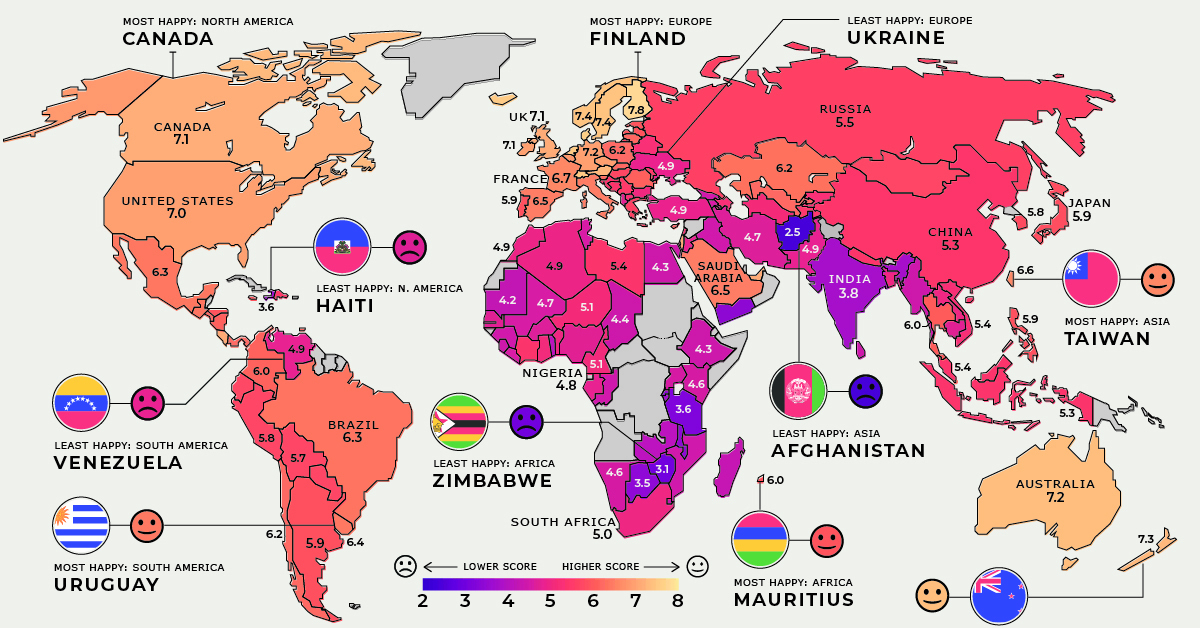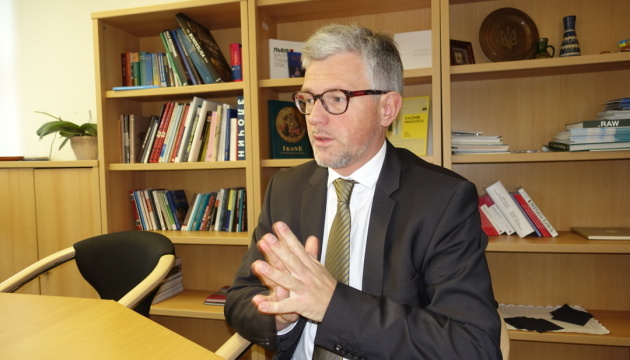By depriving them of the ability to trade resources instead of extorting them, the Nord Stream blasts have eliminated any direct room for maneuver between Germany and Russia.
One commonality between the Nord Stream pipeline sabotage and the global pandemic caused by the coronavirus is a veil of deception surrounding their origins.
When information is curated and weaponized, and inconvenient truths are veiled and buried, we need to recognize the underlying patterns in order to make sense of what is happening. That would help us understand why comedians embody the zeitgeist of our time, as the last remaining fortunetellers who make us laugh at what would otherwise make us lament.
THE OPENING MOVES
Twenty-five years ago, presumably in the light of America’s response to the Cuban Missile Crisis, Senator Joe Biden said that expanding NATO to include Russia’s Baltic neighbors could provoke an aggressive Russian response. Since then, America has spearheaded a gradual expansion of NATO to include Russia’s Baltic neighbors.
Earlier this year, President Joe Biden warned that America would end the Nord Stream 2 project if Russia invaded Ukraine. Since then, Russia has gone to war with Ukraine, and recent underground explosions off the Danish island of Bornholm punctured both the Nord Steam 1 and 2 pipelines.
A few days before these blasts, the German media reported that American ships — carrying 4,000 troops, helicopter pilots, marines and strategists — passed the Danish island of Bornholm before their automatic ship identification systems were switched off, rendering them undetectable.
EUROPE’S ENERGY ARTER
The geopolitical importance of the Nord Stream project stems from Russia’s central role in the European energy basket.
Russia supplied around 200 billion cubic meters (BCM) of gas annually to meet almost 50% of European demand. 55 BCM of this gas flowed through the Nord Stream 1 subsea pipeline and about 45 BCM through the older terrestrial networks that pass through Ukraine. Nord Stream 2, with an additional capacity of 55 BCM, would have the potential to generate annual gas transit fee revenues of 1.2 billion initial response to the crisis in Ukraine held up.
A series of further sanctions against Russia caused oil and gas prices to spike, causing European energy costs to skyrocket. While Russian gas sales to Europe were curbed, this was more than offset by a mix of new customers and rising prices. As Europe faces a long, cold winter with power outages, energy rationing and the consequent potential outages of cell phone networks, steelmakers like Arcelor Mittal and chemical makers like OCI have begun moving manufacturing operations to the US. Continued uncertainties around basic services could turn this trickle into a trend.
THE NEGOTIATION GAMBIT
Meanwhile, what Russia expected of a quick victory has turned into a sprawling swamp that reveals its unreadiness to fight. As sanctions began to erode critical military supply chains, Russia halted supplies through Nord Stream 1 on the pretext of maintenance outages caused by supply shortages. This laid the groundwork for negotiations with Germany to ease sanctions in exchange for gas.
Russia must bolster its depleted military hardware against a resurgent Ukrainian force swamped with Western weapons. High energy prices have sparked widespread protests in Germany, with calls for sanctions to be eased and Nord Stream 2 to be opened up. It was obvious that both sides urgently needed to find a compromise.
By depriving them of the ability to trade resources instead of extorting them, the Nord Stream blasts have eliminated any direct room for maneuver between Germany and Russia. Repairs are afoot on this $11 billion piece of energy infrastructure, now warped and awash with corrosive seawater. But the uncertain timelines to bring them fully back online offer a window to move Europe away from Russian energy and towards pricier alternatives farther afield. US Secretary of State Antony Blinken described the possible shift in the region’s geopolitics and economy as a result of this development as a “tremendous opportunity”. A Europe plagued by higher costs and lower competitiveness sounds more like a deathblow.
THE APPROACHING FINAL
The winners and losers of this development are clear.
The rupture in the Nord Stream temporarily restores the once centrality of Ukraine’s strategic influence at a crucial time, with control of the last surviving main vein capable of transporting Russian gas to Europe. It strengthens American influence in the region, from a primary defense provider to a potential supplier to help fill Europe’s energy vacuum.
America’s geopolitical strategy to turn Europe away from Russian energy was explicitly stated by President Biden. This aligns with what former Republican Secretary of State Condoleezza Rice said almost a decade ago, demonstrating continued consistency of policy across party lines. The gas deal between the US and the EU in March of this year provided for an expansion of American gas shipments to Europe. As this would not be enough to cover the energy shortfalls caused by the sanctions, Germany temporarily restarted 27 coal-fired power plants after shutting down most of its post-Fukushima nuclear power plants in June. With the possibility of a prolonged Nord Stream outage, green energy and Greta Thunberg could be overshadowed by more mundane European priorities.
As Putin is gradually encircled and cornered on an emptying chessboard of limited options in the West, are the possibilities of how this war ending becoming more apocalyptic? Or will Russia continue to tumble eastward, merging its bounty of natural resources with the rising tide of the east?
THE PRICE OF FRIENDSHIP
Unlike the wars in Vietnam and Afghanistan, where it all came down to which side had the highest tolerance for pain, this war seems to be being fought on American terms. Being doomed which side runs out of resources first. From across the Atlantic, rather than facilitating the compromises needed for peace, Biden alluded to the need for regime change in Russia, enforcing sanctions and supporting the flow of aid and reinforcements to Ukraine. Who will be weighed down first by this hawkish American attitude?
More than a stricken Russia or an emboldened Ukraine, the weakest link in this conflict matrix may lie in Europe. With a penchant for occupying moral superiority at the expense of pragmatism in defending its sovereign interests, Europe’s gradual decline now has a sense of inevitability. Perhaps an old observation by Henry Kissinger forewarned Xi and Putin in a way Zelenskyy and Scholz were not that “being an enemy of America can be dangerous, but being a friend is deadly”.
The wreck of the Nord Stream in the seabed of the Baltic Sea is a contemporary monument to this unfortunate truth.
With research by Shloka Raghavan, graduate student in global politics at the Cathedral and John Connon School.




